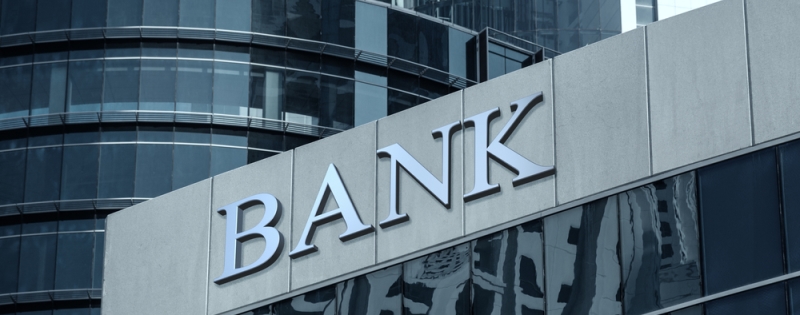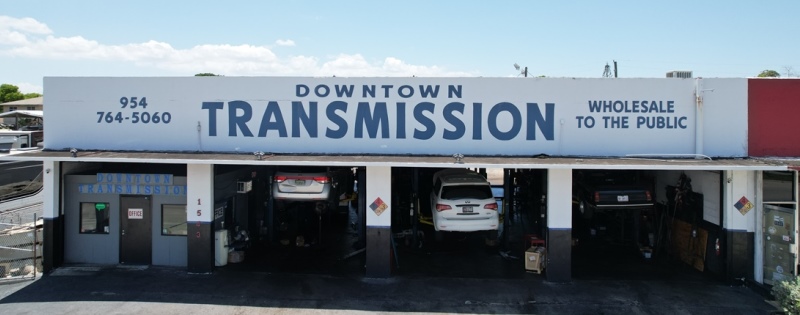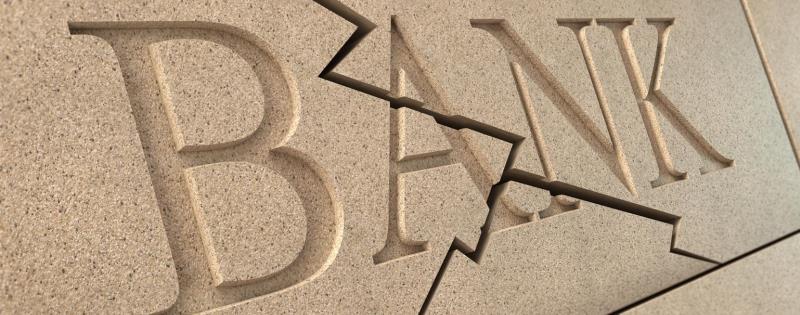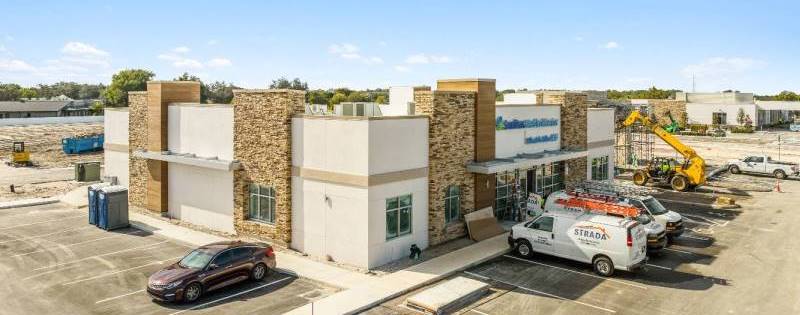There’s a significant upswing of commercial mortgage fraud according to a Wall Street Journal report. Federal prosecutors are chasing down cases of borrowers who illegally manipulate financials and property valuations.
That’s creating concerns across the ecosystem, with lenders and investors likely sources of the bigger worries. Fraudsters, cheaters, and cons aren’t a new invention. They exist in every industry and undertaking, usually represent a small portion of activity, and can be planned for.
Real danger comes when regular market participants are hot to close deals when things are busy and then conditions change. Falling valuations and transactions coupled with higher interest rates and a CRE mortgage maturity wave put many into risky and uncomfortable situations. As Warren Buffett has famously said, when the tide goes out you can see who was swimming naked.
A few years ago, pandemic-era easy monetary policy meant to rescue the economy pumped enormous amounts of liquidity into all sorts of markets. Commercial real estate was one of them. Capital poured in, valuations jumped, and many investors and funds new to CRE began bidding up prices. Interest rates were low, available leverage was high, and there were profit incentives to seek high valuations with the chance of pulling out capital for profit or other investments.
The fall in valuations is significant. When the value of a property drops precipitously from an earlier valuation, the differential affects the ability to sell with a profit or to refinance a property.
In CRE, such moves can be remarkably easy, given how the industry works. According to the Journal, it’s the hands-off process of determining property valuations.
“As long as the numbers look in line with those of similar properties, lenders usually trust that they are accurate, brokers say,” they wrote. “Auditing books is expensive and time-consuming, and lenders competing for deals may be reluctant to antagonize landlords with onerous due diligence.”
Due diligence also takes time. In a competitive landscape, lenders often want to move quickly to close deals when they’re available. When things slow down, like the last two years, and conditions change, the corner-cutting eventually rises to visibility.
That’s become obvious. Banks of all sizes, are getting hurt by the percentage and quality of assets tied up in CRE. That even includes the largest ones. S&P Global Market Intelligence analyzed Q1 regulatory findings. They found that while giant banks had lower percentages of CRE loans in total, but those had higher percentages of loans that were either delinquent or nonaccrual.
This is why lenders want to know what is happening in their portfolios. Which loans will be safe, which could be headed for problems, which can be given the extend-and-pretend treatment, and which ones should be referred to legal authorities.
Source: GlobeSt.











 “Obtaining financing for a nonresident buyer is extremely difficult without them having a permanent residence in the United States,” stated Osborne. “We have been very successful in helping our client obtain loans from different lenders.”
“Obtaining financing for a nonresident buyer is extremely difficult without them having a permanent residence in the United States,” stated Osborne. “We have been very successful in helping our client obtain loans from different lenders.”